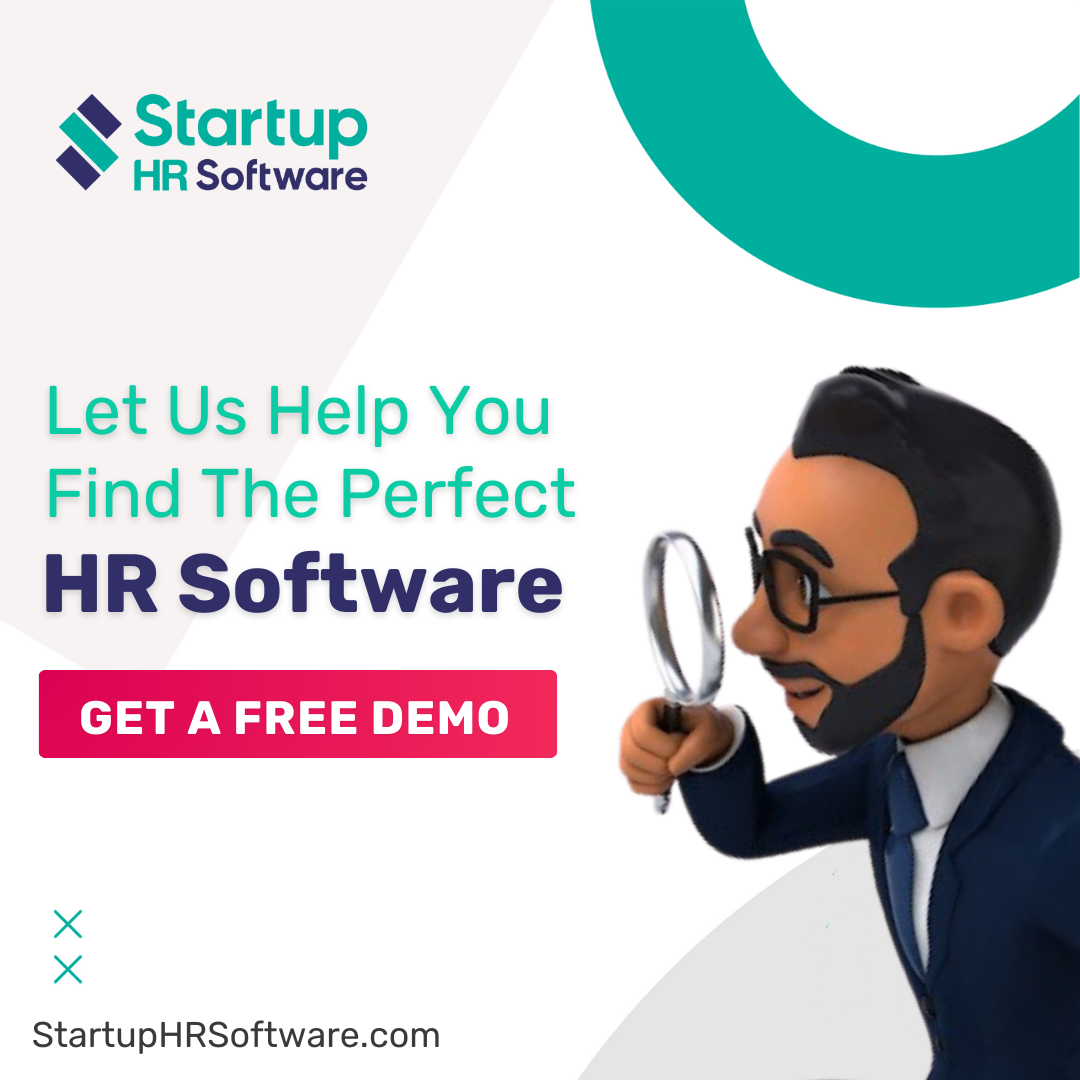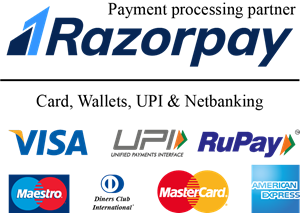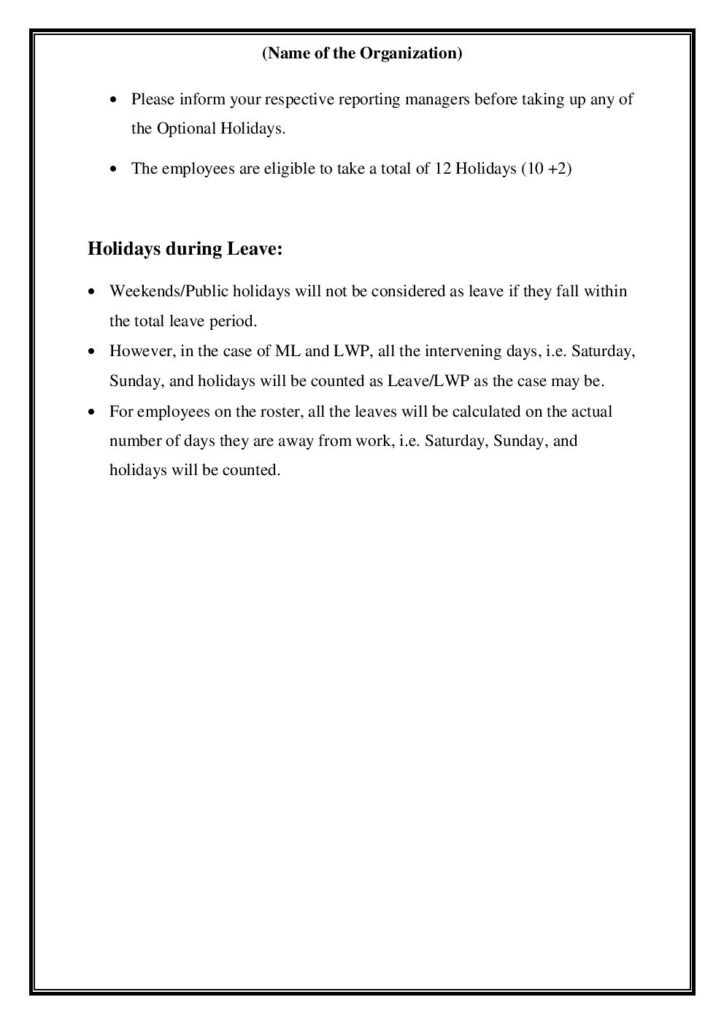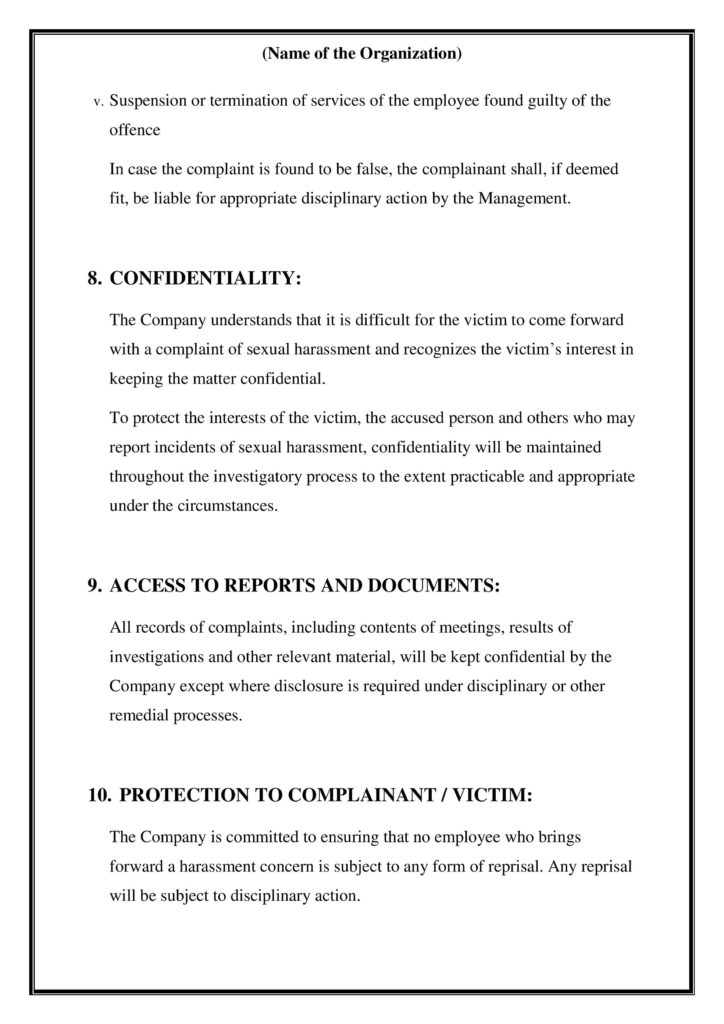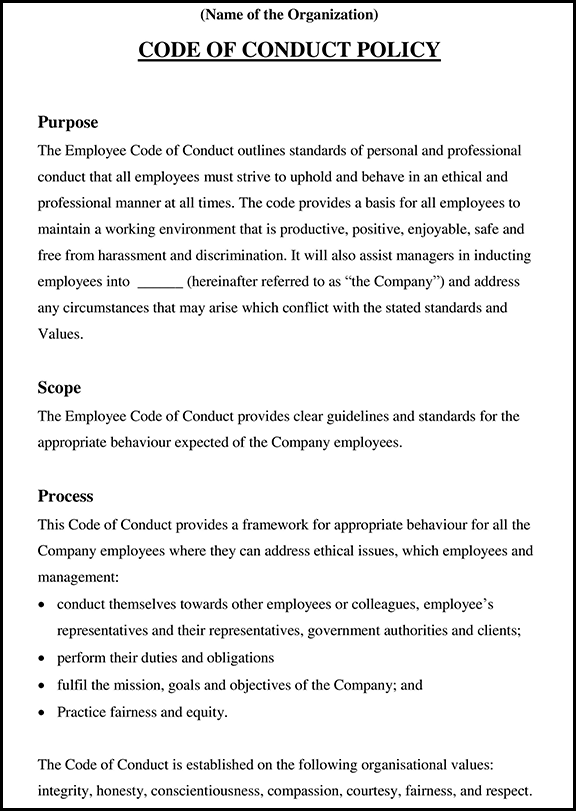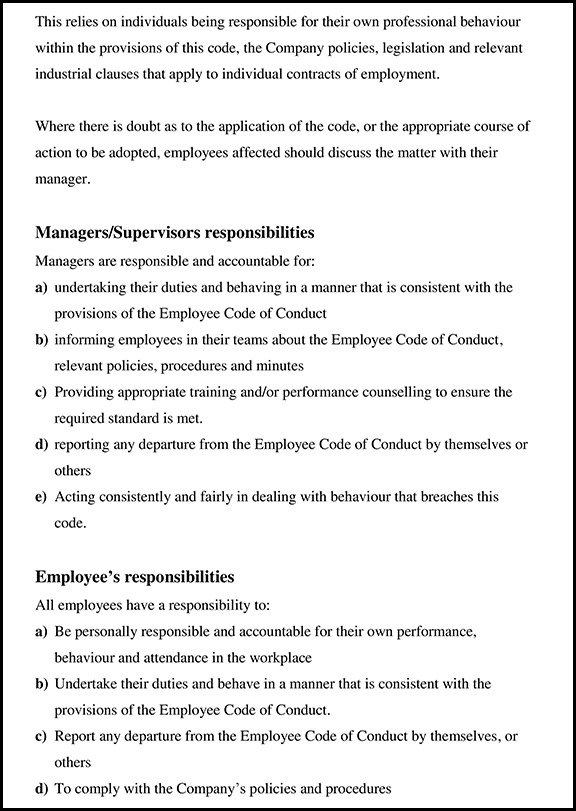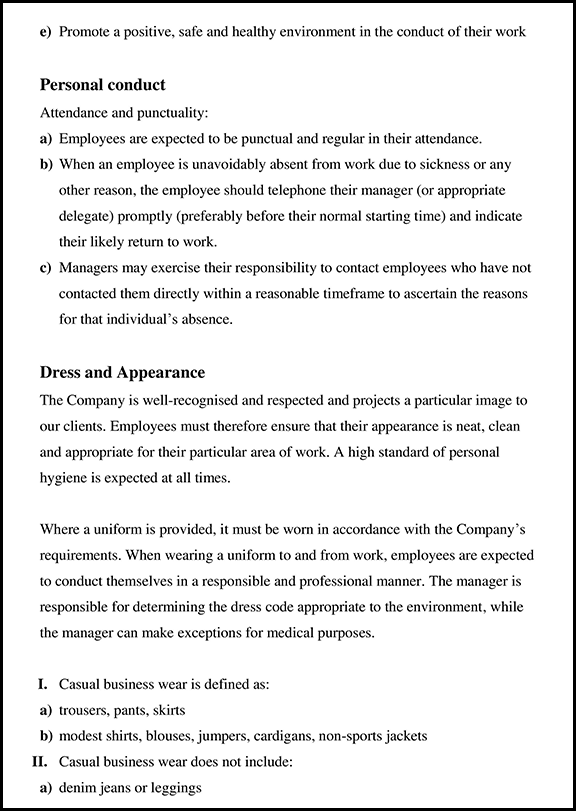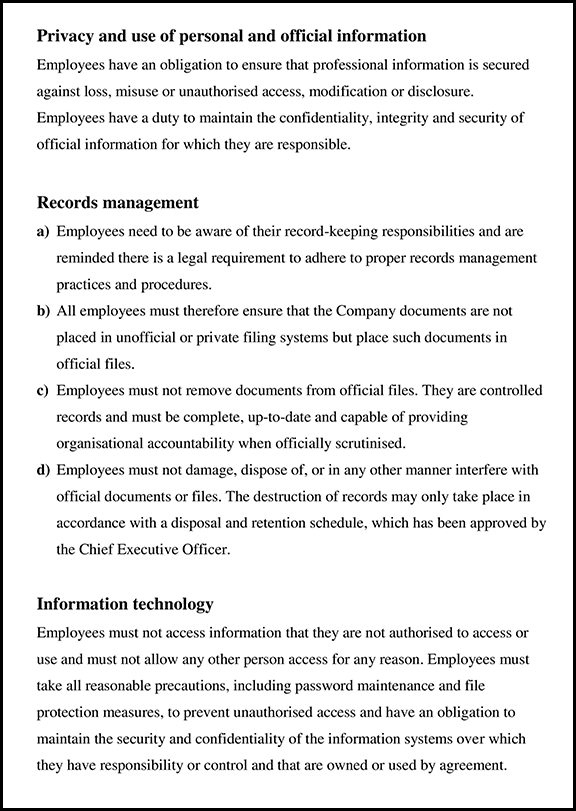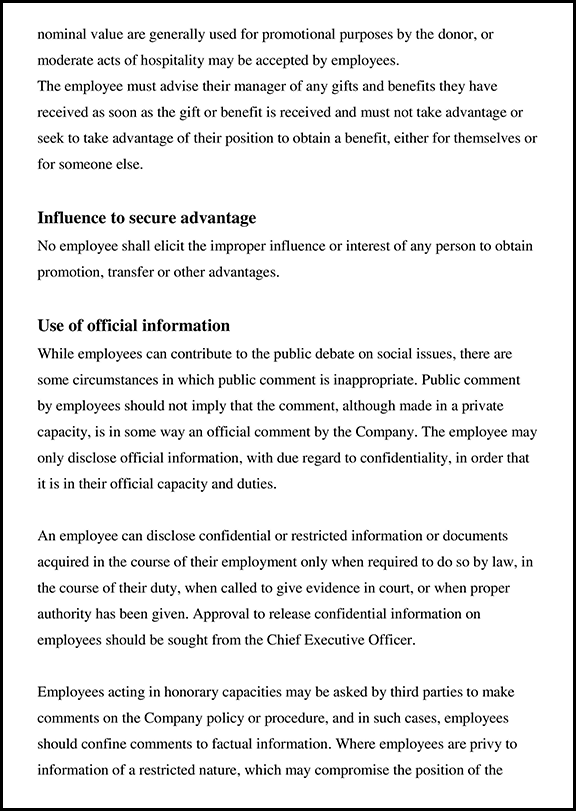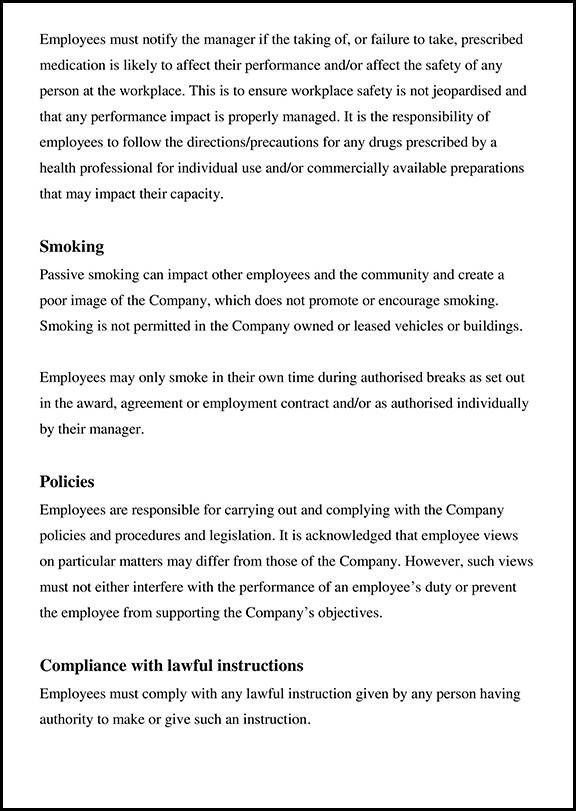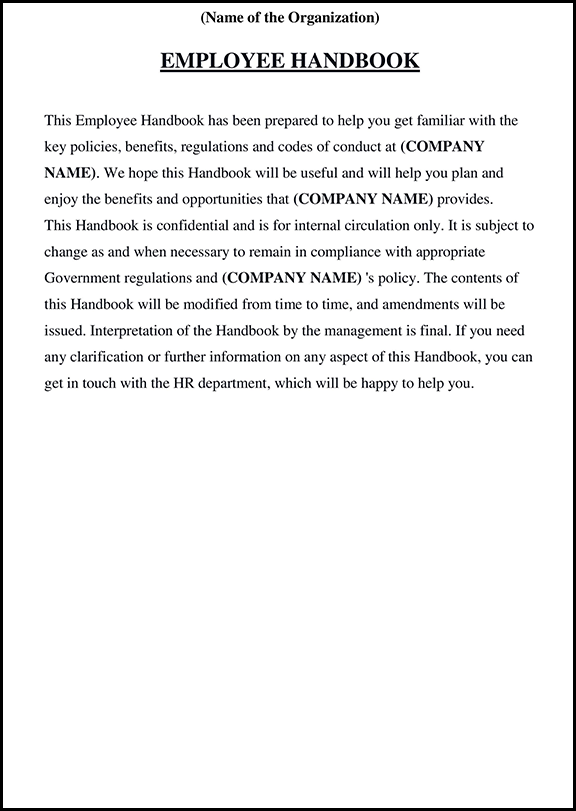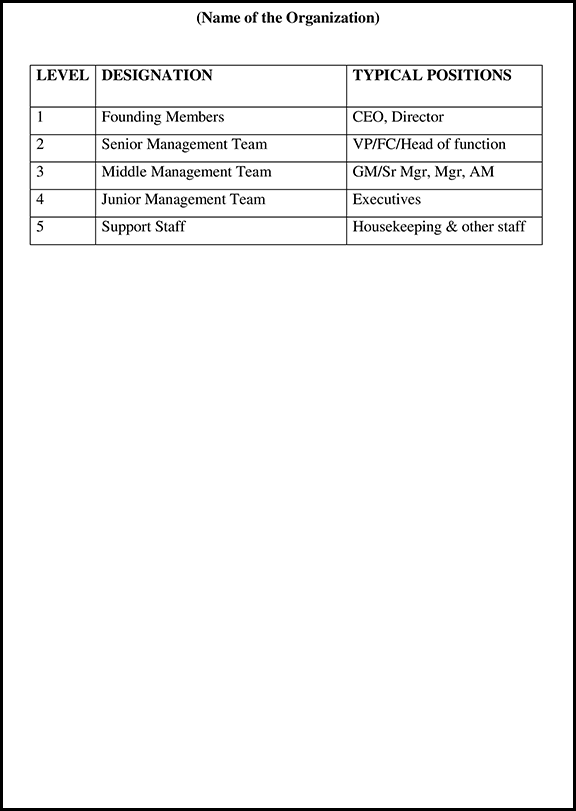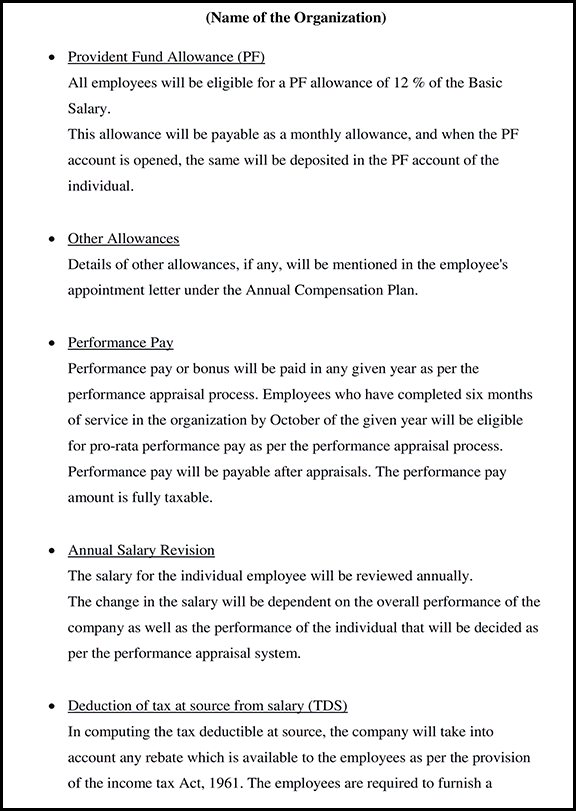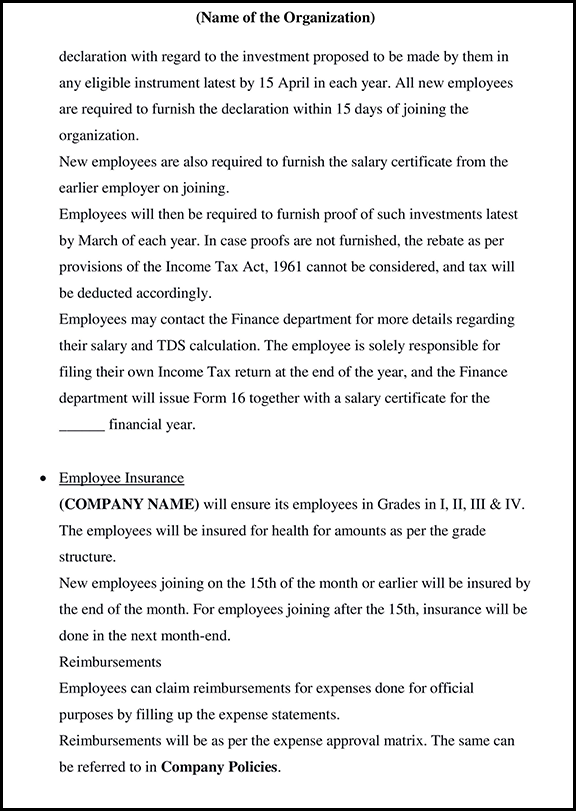
13 Types of HR Software: Features And Benefits For Startups
What is HR Software?
HR software is a system that helps organizations manage their human resources more efficiently. HR software typically includes a range of modules and features that allow organizations to manage their employees’ data, such as their personal information, employment history, and job performance. It also enables organizations to automate many administrative tasks associated with HR management, such as employee onboarding, payroll processing, and benefits enrollment. The ultimate resource for learning about the different types of HR software available to help your business thrive. Here, We will explore a wide range of features and benefits.
13 Types of HR Software
HR software comes in different types and offers various features to meet specific HR needs. The different types of HR software include:
1. Cloud-Based HR Software
Cloud-based HR software refers to a human resources management system (HRMS) hosted on the cloud rather than installed on a local server or computer. It means that users can access the software from anywhere if they have an internet connection. It offers faster software that’s easier for your business to use.
Benefits for Organizations:
A. Secure Login
HR Software should require strong passwords and support multi-factor authentication to prevent unauthorized access to employee data. It should also support user roles and permissions so that only authorized personnel can access certain information.
B. Applicant Tracking System
HR Software should have an applicant tracking system to manage the hiring process, including job postings, resume screening, and interview scheduling.
C. Effortless scalability
Cloud-based HR software can quickly scale up or down to meet an organization’s changing needs. It makes it a cost-effective solution for businesses of all sizes.
2. HRIS
HRIS stands for Human Resources Information System. It is a software platform to help HR professionals manage various aspects of employee data and HR processes.
HRIS can also help organizations comply with regulatory requirements, such as tracking employee hours for compliance with labor laws. Whether a small business or a large corporation, HRIS can help you manage your workforce more effectively and make data-driven decisions to achieve your HR goals.
Benefits for Organizations:
A. Increased efficiency
HRIS software allows HR teams to manage employee data and processes from a centralized location, which increases efficiency and eliminates the need for manual data entry and record-keeping.
B. Automates Onboarding
HR software can automate many aspects of the employee onboarding process, including onboarding forms, employee profiles, background checks, and compliance documents. It can also help HR teams manage employee information and maintain compliance with labor laws.
C. Regulates Compliance
Automating specific tasks and providing an efficient way to record and manage employee-related data. It includes tracking employee training, ensuring proper onboarding processes, and ensuring that it follows all relevant HR-related regulations and policies.
3. Clock In/Clock Out
Clock-in/clock-out HR software is an attendance software that allows employees to record their work hours electronically. Instead of using traditional punch cards or paper timesheets, employees can use the clock-in/clock-out HR software to clock in and out electronically, usually through a computer or mobile device.
Benefits for Organizations:
A. Improved accuracy
Electronic timekeeping reduces the chances of errors in recording work hours, and the data is more accurate.
B. Easy Payroll Process
Automating the time and attendance tracking and clock in/clock out HR software can simplify payroll processing and reduce the chances of errors in calculating salary and wages.
C. Track time
This can help organizations comply with labor laws and regulations by tracking employee hours accurately.
4. Onboarding and Offboarding
Onboarding and offboarding HR software manage the processes of welcoming new employees (onboarding) and exiting current employees (offboarding) from the organization.
By providing tools for tasks such as new hire paperwork, training, exit interviews, onboarding, and offboarding, HR software helps ensure a smooth and efficient experience for both employees and HR teams.
Benefits for Organizations
A. Standardization
The software allows organizations to create standardized processes for welcoming new employees and exiting current employees. It can improve consistency, reduce errors, and ensure company policies and regulations compliance.
B. Automation
The software automates processes, such as sending new-hire paperwork, setting up user accounts, and scheduling training sessions. It can save time for HR professionals and ensure that employees have a positive experience.
C. Data Storage
Employee data, making it easier to track progress, manage paperwork, and store important information. It can also provide a valuable reference for future HR activities.
5. Employee Engagement
This software helps organizations increase employee engagement and satisfaction by enabling managers to track employee feedback, measure employee satisfaction, and provide personalized feedback. It may also offer tools for recognition and rewards, employee surveys, and performance management.
Benefits for Organizations
A. Recognition and Rewards
HR software can provide tools for recognizing and rewarding employees for their hard work and achievements. It can help boost employee morale and increase engagement.
B. Employee Surveys
Conducting employee surveys to gather feedback on various aspects of the organization, such as employee satisfaction, culture, and work-life balance. By soliciting and acting on employee feedback, organizations can improve engagement and demonstrate that they value their employees’ opinions.
C. Performance Management
Managing employee performance, including goal setting, feedback, and performance evaluations. By providing regular feedback and opportunities for growth, HR software can help employees feel more engaged and invested in their work.
6. Payroll Management
This software helps organizations manage their payroll, including employee salaries, taxes, and benefits. It can also manage other financial aspects of HR, such as expense reimbursements and tax filings.
Benefits for Organizations
A. Reduce Errors
The software can help ensure accuracy in payroll processing, reducing errors in calculations and deductions.
B. Save your time
Automating the payroll process can save time for HR professionals who no longer have to calculate employee wages or manage payment methods manually.
C. Cost-effective
Reducing the need for manual payroll processing and related administrative tasks, payroll management HR software can be cost-effective for organizations.
7. Statutory Compliance
This software enables organizations to comply with labor laws and regulations, such as minimum wage and overtime requirements. It provides tools for tracking compliance deadlines and reporting requirements.
Benefits for Organizations:
A. Regulations
HR software can help organizations stay compliant with federal, state, and local regulations related to employment and workforce management, reducing the risk of penalties or legal issues.
B. Notifications and Reminders
Statutory compliance HR software can provide notifications and reminders to HR professionals regarding upcoming compliance deadlines and requirements.
8. Leave Management
This software tracks employee leave, such as sick leave, vacation, and personal days, enabling organizations to manage employee schedules and monitor absences. It may also offer tools for managing disability and leave of absence requests.
It allows employees to request time off through the software and automates the approval process by sending notifications to managers or supervisors.
Benefits for Organizations:
A. Leave Balances
The software can provide HR professionals with real-time visibility into employee leave balances, helping them make informed decisions about approving or denying leave requests.
B. Approval
Help streamline the process of requesting and approving time off, reducing administrative burden for HR professionals.
C. Leave Policy Guidelines
Organization’s policies and procedures related to employee time off requests and leave entitlements. For example, you can track types of leave, leave Balances, Eligibility, guidelines, etc.
9. Attendance Management
The software tracks employee attendance, enabling organizations to manage schedules and monitor absences. It can also provide data for payroll processing and labor compliance.
Benefits for Organizations:
A. Automated Time Tracking
Attendance management HR software can help automate the process of tracking employee attendance, reducing errors and saving time for HR professionals.
B. Real-Time Data
Attendance management HR software can provide real-time attendance data, helping HR professionals manage attendance issues and make informed decisions.
C. Reports
The software can generate reports on attendance data, providing insights into attendance trends and identifying areas for improvement.
10. Expense Management
The software helps organizations manage employee expenses, including travel, supplies, and other business-related costs. It may offer features such as expense report creation, receipt scanning, and reimbursement processing.
Benefits for Organizations
A. Compliance
Expense management HR software can help organizations comply with company expense policies and tax laws related to employee expense reimbursements.
B. Faster Repayments
Automating the expense management process is another example of how software can improve business operations. HR software can help organizations process expense reports and reimbursements faster, improving employee satisfaction and cash flow.
C. Record keeping
It allows organizations to store expense data in a centralized location, making it easier to manage and access.
11. Performance Management
This software helps organizations manage employee performance, including setting goals, monitoring progress, and providing feedback. It offers tools for creating performance plans, tracking progress, and conducting employee reviews.
Benefits for Organizations
A. Goal Setting
The software can help align employee goals with organizational objectives, ensuring employees work towards common goals.
B. Continuous Feedback
Software that helps organizations collect, analyze, and act on employee feedback. It can include tools such as surveys, polls, and feedback forms that allow employees to share their opinions and provide input on various workplace issues. It can facilitate ongoing feedback between managers and employees, helping to identify areas for improvement and recognize achievements.
C. Training and Development
HR software helps organizations manage employee training and development programs. It can include tools such as training management systems, learning management systems, and performance support systems that allow organizations to deliver, track and manage employee training programs.
12. Recruitment and Hiring
This software helps organizations manage the process of recruiting and hiring new employees, including job postings, screening, and interviewing. It features applicant tracking, resume screening, and interview scheduling.
Benefits for Organizations
A. Improved Candidate Experience
Recruitment and hiring HR software can help improve the candidate experience by providing a seamless and efficient application process.
B. Helps Reach Better
The software can also help organizations get better candidates by providing data-driven insights into candidate qualifications and fit. HR professionals can use analytics and reporting features to identify key hiring trends and metrics, such as time-to-hire and cost-per-hire, and adjust their recruitment and hiring strategies accordingly.
C. Fast Screening Process
automating many aspects of candidate screening and selection. With the help of applicant tracking systems, HR professionals can quickly review and filter through large numbers of resumes and applications based on specific criteria, such as experience, education, and skills.
13. ATS
ATS stands for Applicant Tracking System. It helps organizations manage the process of tracking and screening job applicants, including resume tracking, candidate screening, and job offer tracking. It can also integrate with other HR software, such as onboarding and payroll systems.
Benefits for Organizations:
A. Database
ATS allows HR professionals to store and manage candidate information in a centralized database, making tracking candidates throughout the recruitment and hiring process easy.
B. Saves Time
Software that can save time for organizations during recruitment and hiring because it automatically screens resumes and applications based on specific criteria set by HR professionals, such as skills, education, and experience.
C. Quality of Hire
A new hire’s skills and qualifications can contribute to the quality of the hire. If the employee has the necessary skills and qualifications to perform their job successfully, they are more likely to be a high-quality hire.
What is the Best HR Software in India?
1. 247HRM
247HRM is a human resource management software company based in Hyderabad, India. The company was founded in 2012 and provides cloud-based HR software solutions to businesses of all sizes.
According to their website, 247HRM’s mission is to simplify and streamline HR processes, automate routine HR tasks, and provide valuable HR insights to help businesses make better decisions.
2. KekaHR
KekaHR is a cloud-based human resources software company based in Hyderabad, India. The company was founded in 2015 with the mission to provide HR solutions that are simple, effective, and accessible to businesses of all sizes. The intuitive and user-friendly software allows companies to streamline their HR processes and focus on their core operations.
3. Zimiyo
Zimyo emphasizes its commitment to innovation and continuous improvement, focusing on leveraging cutting-edge technologies to deliver the best possible solutions for its clients. The company’s software is cloud-based, accessed from anywhere with an internet connection, and is highly scalable to accommodate businesses of all sizes. Zimyo’s software is used by over 500 clients in various industries, including IT, healthcare, finance, and more.
4. HROne
The company was founded in 2014 to help businesses manage their HR processes more efficiently. According to their website, HROne‘s software provides a comprehensive suite of HR management tools, including payroll processing, leave and attendance management, employee self-service, performance management, and more. In addition, the software is user-friendly and customizable, allowing businesses to tailor their HR processes to their specific needs.
5. OpportuneHR
OpportuneHR is a human resources consulting firm offering various services to help businesses optimize their HR processes and strategies. One of the critical services provided by OpportuneHR is HR consulting. It involves working with clients to develop and implement HR policies and practices that align with their business goals and values. In addition to consulting, OpportuneHR also offers HR outsourcing services. It involves taking on some or all of a client’s HR functions, such as payroll administration, benefits management, and compliance.
Conclusions
Startup Deals has partnered with several top HRMS software companies that offer cloud-based HR software, 247HRM, Zimyo, KekaHR, GreytHR, and more. These HR software companies have embraced the cloud-based approach, recognizing the benefits of increased accessibility, flexibility, and scalability.
Recent Post

Top 20 Payroll Software in India With Features and Pricing 2025
Payroll software is a computer program that automates paying employees and managing related financial information, such as taxes and benefits. It streamlines the payroll process, making it more efficient and accurate.

Top HR Software in India for Startups, SMB & Enterpriess
Explore the best HR software in India for your team’s needs. Compare features, benefits, pricing, and more in this comprehensive guide.



